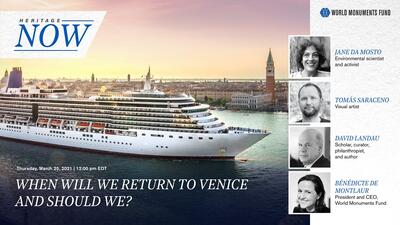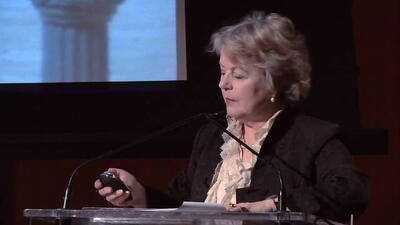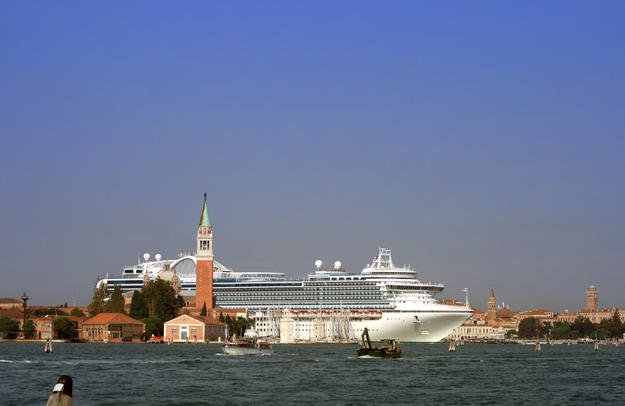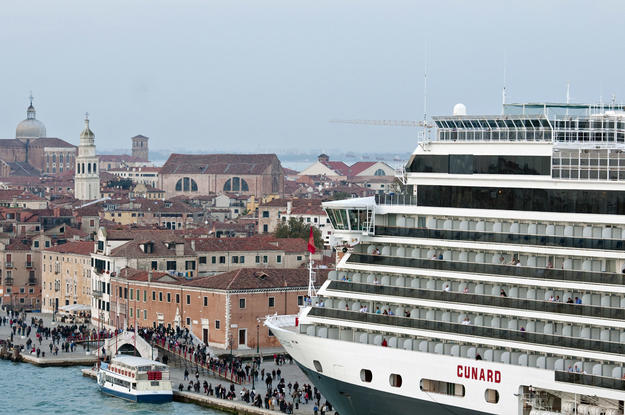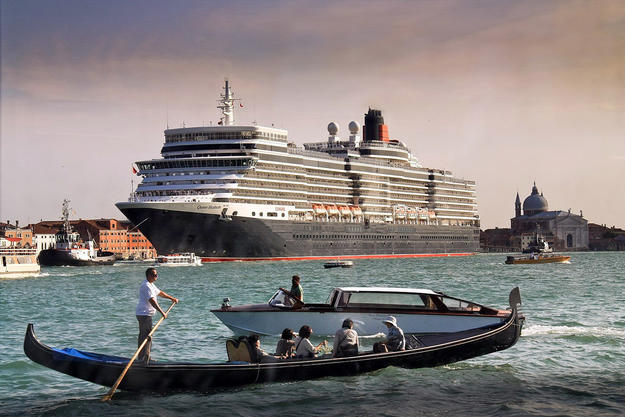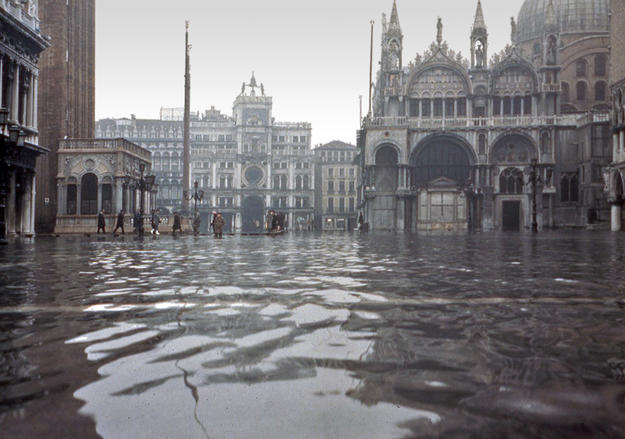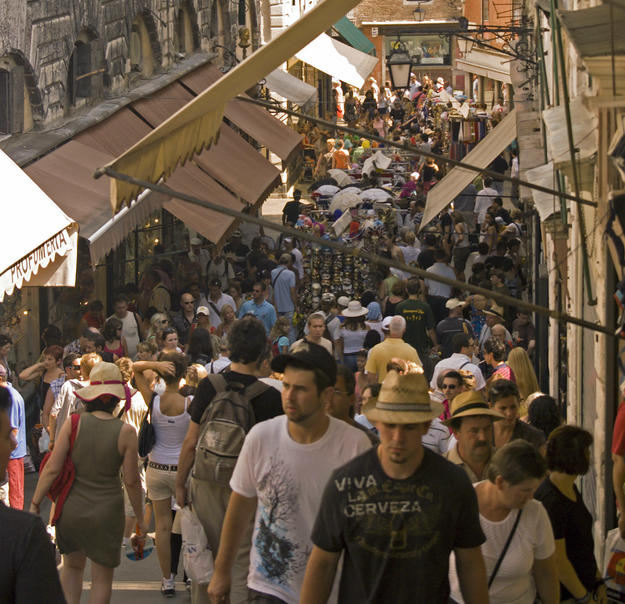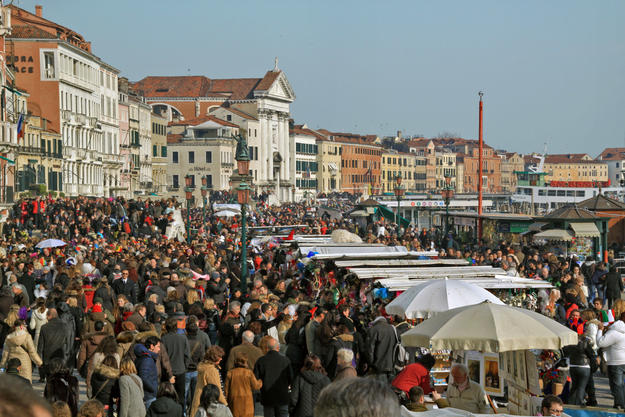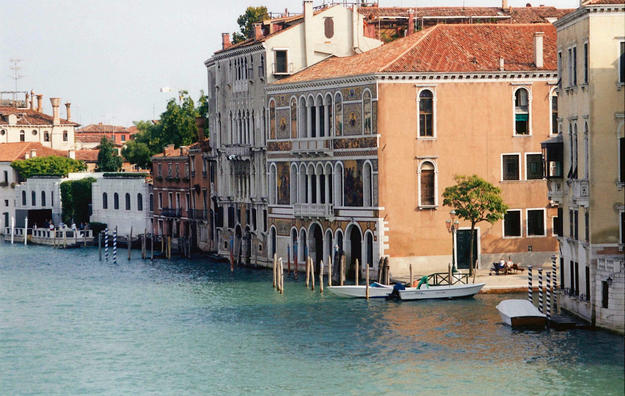Venice
Venice, an icon of human achievement and architectural innovation, is spread over 118 small islands in the Venetian Lagoon between the mouths of the Po and Piave rivers. The city’s structures are built on wood piles, and its many neighborhoods are connected by its famous canals and bridges. Symbolic of an indelible desire to master one’s environment, Venice is an engineering wonder and a cultural masterpiece graced with countless historic buildings, churches, palaces, and plazas. Inhabited thousands of years ago by the ancient Veneti people, Venice gained prominence in the ninth century as it grew to become a major commercial and maritime power.
Venice has inspired some of the world’s greatest artists, including Giorgione, Titian, Tintoretto, and Veronese, and this magical city continues to inspire the world today, as tourism is now its major industry. Maintaining Venice, not only as a travel destination but as a community, has become increasingly challenging. A significant factor in this dynamic is cruise tourism. Cruise passenger visitation to Venice increased by 400% between 2008 and 2013, with some 20,000 people debarking per day during the peak season. The large cruise ships have had direct and indirect impacts on flooding because of dredging requirements and the movement of large ships through the Giudecca Canal. The influx of visitors debarking in fragile historic areas has likewise affected the quality of life for residents, contributing to a 10% decline in the resident population of the city’s historic center between 2001 and 2011.
Fifty years of conservation and advocacy in Venice
We were first involved in conservation efforts in Venice after the floods of 1966, and have been a longtime supporter of projects and programs to ensure its sustainable stewardship. The inclusion of Venice on the 2014 World Monuments Watch marked nearly 50 years of WMF engagement in the city and underscored our commitment to mobilizing international support for protecting this unique and treasured place.
Venice’s selection to the Watch galvanized the international community around the damage that cruise tourism was wreaking on Venice’s historic fabric. Local residents formed groups in protest, and the municipality endorsed the need to consider a large-scale redevelopment plan that would relocate and better manage cruise operations. Officials also explored ways that the negative impacts of tourism on both the historic fabric and the social wellbeing of the city could be mitigated.
In the fall of 2014 we lent our support to Fondazione Venezia 2000, an organization that works to objectively compile existing proposals and studies, and to identify the strengths and weaknesses of the various options under consideration. The group also advocates for deeper analysis of the impacts the proposals might have, and for increased dialogue among various stakeholders in order to advance a collective vision for future developments. Our partnership with the Foundazione resulted in a comprehensive report that examines the feasibility of several potential solutions to the problems plaguing Venice. The statistics and context in the report were collected through research, interviews with stakeholders, and more.
An active and powerful advocacy movement in favor of protecting Venice’s historic fabric continued to thrive after the 2014 Watch. In January 2016 the Italian government allocated €6 million to conservation works in the city, and in March of the same year the lagoon was included in Europa Nostra’s “7 Most Endangered” program. This media attention and funding will help allow tourists to continue enjoying Venice’s authentic charms in a more sustainable way, which in turn would make the city a more livable place for permanent residents.
Videos
